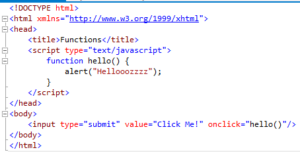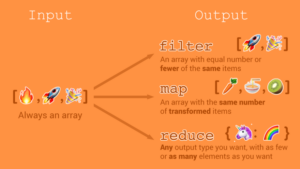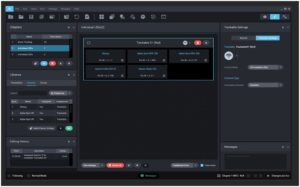A Comprehensive Guide: How to Buy Treasury Bonds and Bills

Investing in Treasury bonds and bills is a cornerstone of many investors’ portfolios due to their low risk and reliable returns. Treasury securities are issued by the United States Department of the Treasury and are considered one of the safest investments available. This comprehensive guide will walk you through the process of buying Treasury bonds and bills, from understanding the basics to executing your investment strategy.
Section 1: Understanding Treasury Bonds and Bills
1.1 What are Treasury Bonds and Bills?
Treasury bonds and bills are debt securities issued by the U.S. government to raise funds for various purposes, including financing government operations and paying off existing debt. Treasury bonds typically have longer maturities, while Treasury bills have shorter maturities, ranging from a few days to one year.
1.2 Features and Benefits
Explore the features and benefits of Treasury bonds and bills, including their low risk, fixed interest payments, and backing by the full faith and credit of the U.S. government. Understand how these securities fit into an investment portfolio and their role in preserving capital and generating income.
Section 2: Types of Treasury Securities
2.1 Treasury Bonds
Dive into Treasury bonds, which typically have maturities ranging from 10 to 30 years. Learn about their coupon rates, interest payments, and how they are traded in the secondary market.
2.2 Treasury Bills
Explore Treasury bills, also known as T-bills, which have maturities of one year or less. Understand their discount pricing, auction process, and how investors earn returns through the difference between the purchase price and the face value at maturity.
Section 3: Steps to Buy Treasury Bonds and Bills
3.1 Determine Your Investment Goals
Before buying Treasury bonds and bills, assess your investment goals, risk tolerance, and time horizon. Understand how these securities fit into your overall investment strategy and whether you’re seeking income, capital preservation, or diversification.
3.2 Open a TreasuryDirect Account
To purchase Treasury bonds and bills directly from the U.S. government, you’ll need to open a TreasuryDirect account. Understand the registration process, required documentation, and security measures to protect your account information.
3.3 Fund Your TreasuryDirect Account
Once your TreasuryDirect account is open, fund it by transferring money from your bank account. Explore the different funding options available and understand the timing and processing of transfers.
3.4 Research Treasury Securities
Before making investment decisions, research available Treasury securities based on your investment objectives and risk tolerance. Review current interest rates, maturity dates, and auction schedules to identify securities that align with your financial goals.
3.5 Place an Order
Once you’ve identified the Treasury securities you want to purchase, place an order through your TreasuryDirect account. Understand the bidding process for Treasury bills and the purchase process for Treasury bonds.
3.6 Monitor Your Investments
After purchasing Treasury bonds and bills, monitor your investments regularly to track their performance and ensure they continue to align with your investment goals. Stay informed about changes in interest rates, economic conditions, and government policies that may impact your investments.
Section 4: Risks and Considerations
4.1 Interest Rate Risk
Understand the risk of interest rate fluctuations affecting the value of Treasury bonds and bills. Learn how changes in interest rates can impact bond prices and the potential for capital gains or losses.
4.2 Inflation Risk
Explore the risk of inflation eroding the purchasing power of the fixed interest payments received from Treasury bonds and bills. Understand strategies for mitigating inflation risk, such as diversification and investing in inflation-protected securities.
4.3 Liquidity Risk
Consider the risk of liquidity constraints when investing in Treasury bonds and bills. Understand that while these securities are highly liquid, selling them before maturity may result in losses if interest rates have risen since purchase.
Section 5: Conclusion
In conclusion, buying Treasury bonds and bills is a straightforward process that offers investors a safe and reliable way to preserve capital and generate income. By understanding the basics of Treasury securities, conducting thorough research, and assessing your investment goals, you can build a diversified portfolio that meets your financial objectives. Remember to stay informed about market conditions and regularly review your investments to ensure they remain aligned with your long-term financial goals. With careful planning and prudent decision-making, investing in Treasury bonds and bills can be a valuable component of your investment strategy.




